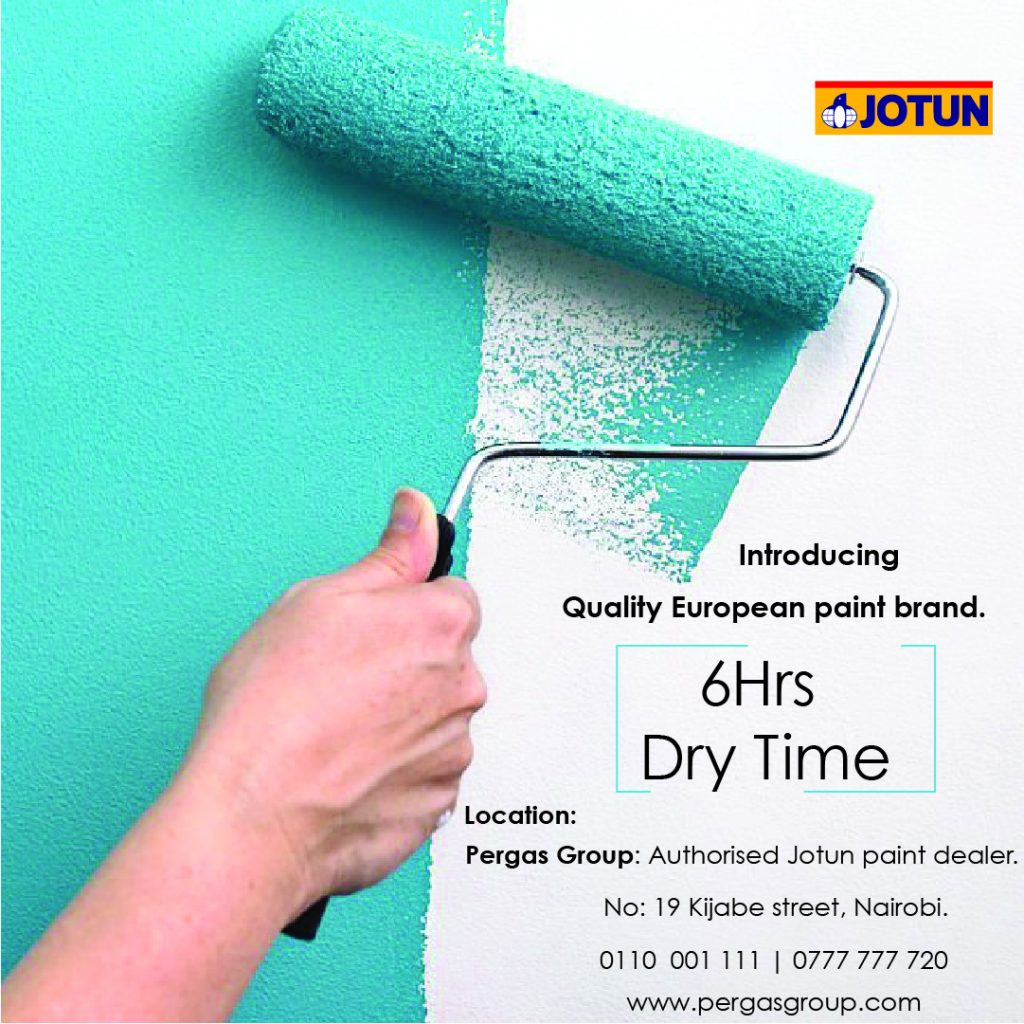When it comes to painting a room or giving a fresh coat to your favorite furniture, choosing the right paint can make a significant difference in the final results. However, the world of paint can be overwhelming, with numerous brands and options available. One crucial aspect to consider is the relationship between paint quality and coverage area. In this blog, we’ll delve into the key factors that determine paint quality and how it affects the coverage area, helping you make informed decisions for your next painting project.
Paint quality refers to the overall composition and performance of a paint product. High-quality paints are formulated using superior ingredients, which directly impact the paint’s coverage, durability, and finish. Conversely, low-quality paints may be more affordable, but they often lack the same level of coverage and longevity.
Factors Affecting Coverage Area
a) Pigment Concentration
Paint quality is heavily influenced by the concentration and quality of pigments present in the formulation. High-quality paints contain a higher concentration of finely ground pigments, which offer better coverage and opacity. These pigments effectively cover the surface, hiding imperfections and previous colors in fewer coats.
b) Binder Quality
The binder in paint is responsible for holding the pigments together and binding them to the surface. Premium paints use top-grade binders that provide excellent adhesion, making the paint adhere to surfaces better and improving coverage.
c) Additives and Fillers
Some paints may include additives and fillers to enhance specific properties. While these components can improve texture, drying time, or other characteristics, they can also reduce the paint’s coverage area if overused or if cheap quality additives are employed.
d) VOC Content
Volatile Organic Compounds (VOCs) are solvents that evaporate during paint application, contributing to strong odors and air pollution. Some low-quality paints may have higher VOC content, which can cause the paint to dry too quickly, reducing its coverage area and potentially impacting its quality.
The Impact of Paint Quality on Coverage Area
1. More Coats with Lower-Quality Paint
Low-quality paints often require multiple coats to achieve adequate coverage, leading to increased time, effort, and cost. On the other hand, high-quality paints typically offer better coverage, often requiring fewer coats for the same surface area.
2. Hiding Imperfections
High-quality paints with superior pigments and binders can hide surface imperfections, such as small cracks or blemishes, in just one or two coats. Conversely, lower-quality paints may struggle to provide sufficient coverage, revealing underlying flaws.
3. Time and Effort Savings
Opting for a high-quality paint might be initially more expensive, but it can save you money in the long run by reducing the number of paint cans needed and the time spent on your project.
4. Longevity and Durability

Higher-quality paints tend to last longer and resist wear and tear, ultimately resulting in a more durable finish. Lower-quality paints may deteriorate faster and require more frequent touch-ups, making them less cost-effective over time.
In conclusion, in the paint world, the adage “you get what you pay for” holds true. While low-quality paints may appear more budget-friendly at first, they often lack the coverage area and durability that high-quality paints provide. Investing in a premium paint can result in a more efficient and aesthetically pleasing painting experience, with superior coverage and a longer-lasting finish. Always choose paint products from reputable brands and carefully review product labels to understand their pigment concentration, binder quality, and VOC content. By making informed decisions based on paint quality, you can achieve outstanding results and transform your living spaces with confidence.

